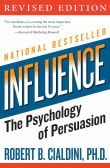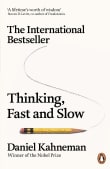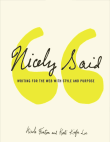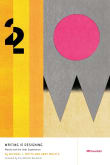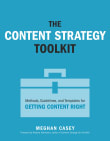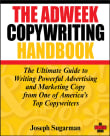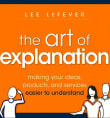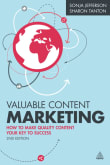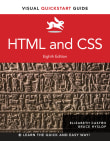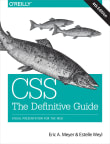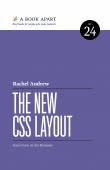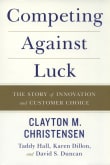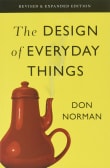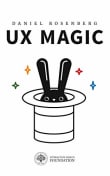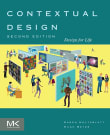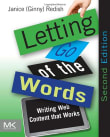Don't Make Me Think
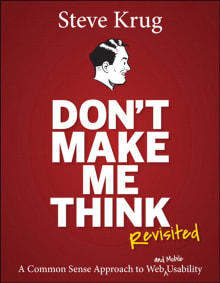
Book description
Since Don't Make Me Think was first published in 2000, hundreds of thousands of Web designers and developers have relied on usability guru Steve Krug's guide to help them understand the principles of intuitive navigation and information design. Witty, commonsensical, and eminently practical, it's one of the best-loved and most…
- Coming soon!
Why read it?
5 authors picked Don't Make Me Think as one of their favorite books. Why do they recommend it?

If you design Web sites, you’ve almost certainly already read Steve’s book; it may be the best-selling Web design book of all time. If not, do.
It succinctly explains most of what designers need to know about Website usability. The title of the book – Don’t Make Me Think – is the book’s main point: “If your website makes me think about how to use it, distracting me from my own goals (e.g., booking a flight), I’m out of here.”
In relatively few pages, Steve explains how to design Websites so visitors need not think about how to use them.
From Jeff's list on making digital technology usable and useful.

I love Steve Krug’s Don’t Make Me Think because it does a great job of explaining how users look at websites in a fun, understandable, and applicable way. Steve does a great job of putting you in the perspective of the visitor to your website and challenges your own perspective as a professional working in marketing/web design/website management. This is truly required reading for any website designer or manager.
From Chris' list on human behavior and conversion rate optimization.

It’s one thing to write HTML and CSS code. But writing correct HTML and CSS syntax does not necessarily result in web pages that are usable with intuitive navigation. Reading the first edition of Steve Krug’s book many years ago really opened my eyes and rounded out my skill set as a web designer. Steve Krug’s book is the quintessential guide to designing a usable website. Just learning HTML and CSS is not enough – you also need to learn how to design usable and intuitive web pages. Every web designer needs to read this book!
From Terry's list on to learn about HTML and CSS.

This is the book that taught me how to write for the web. It’s essential reading if you want to engage web visitors and lower bounce rates. Web visitors are in a hurry. They’re not reading a web page like they’re reading a novel. Their reality is closer to racing passed a billboard at 60 or 70 miles an hour.
Krug explains how we can write for such hurried readers so that we can offer them the right information at the right time and capture their attention, so they want to learn more from us, about us, and about our…
From Henneke's list on writing for the web.

My final pick isn’t like the others, because it’s less of a technical content ‘how to’ book, and more of a broader look at the main principles of web design. It’s relevant because when we move from traditional copywriting or marketing content into content design, our work becomes less about ‘selling’ and much more about writing for usability. This is a classic and a book that many user experience designers have relied upon to understand the heuristics of a good experience. It was recommended to me when I first moved into web design, and despite its age (it was first…
From Rachel's list on copywriters looking to move into UX content design.
Want books like Don't Make Me Think?
Our community of 12,000+ authors has personally recommended 77 books like Don't Make Me Think.
